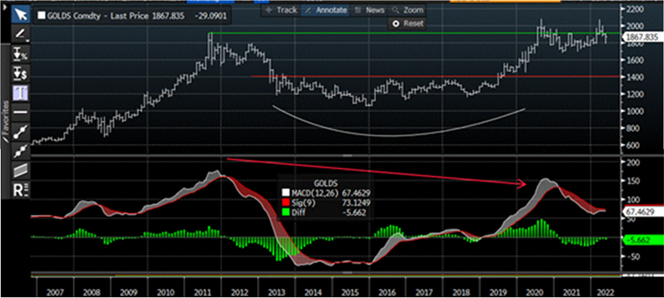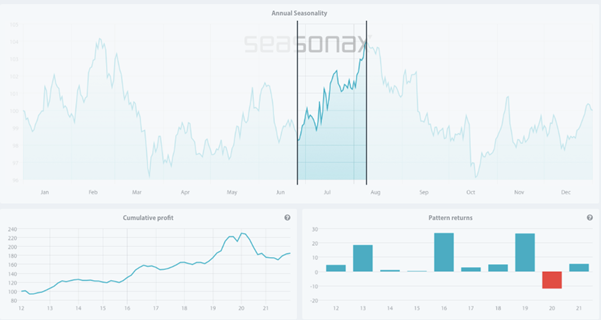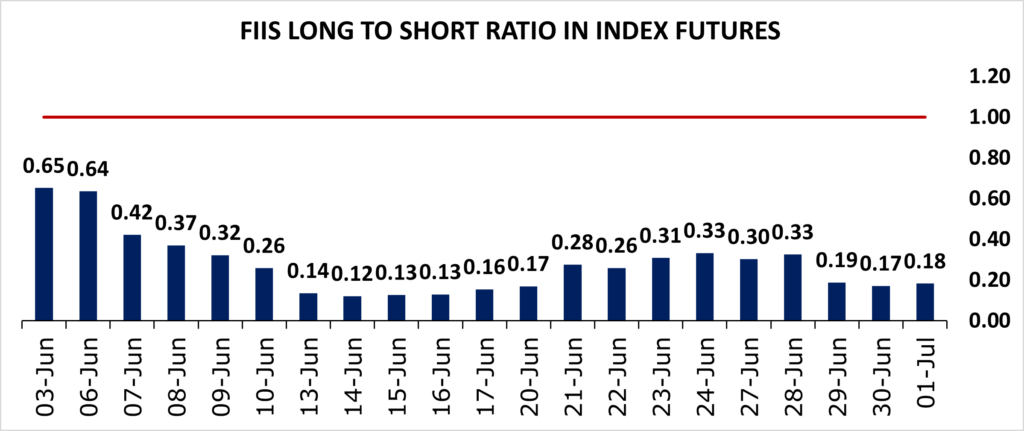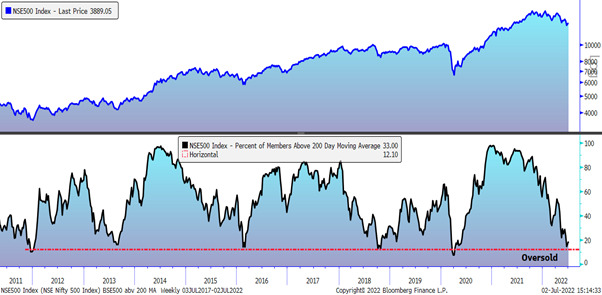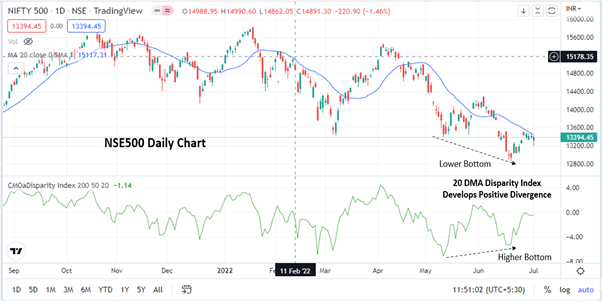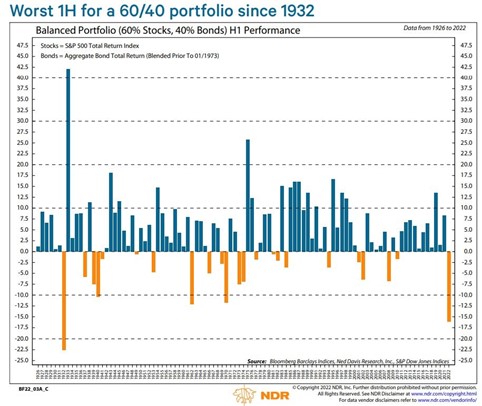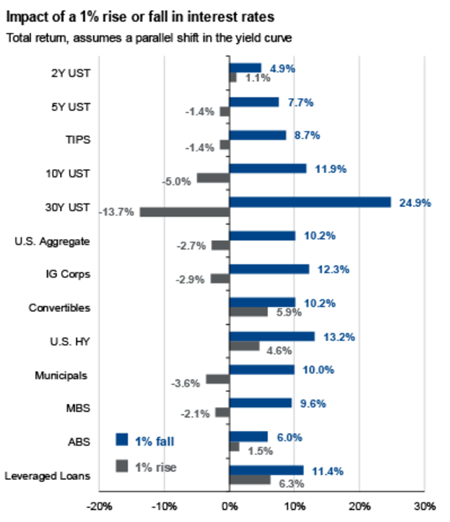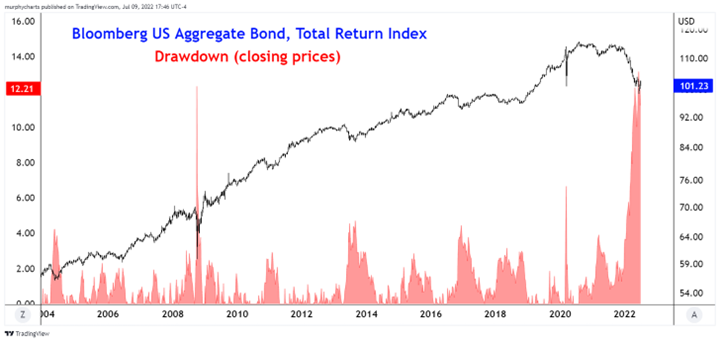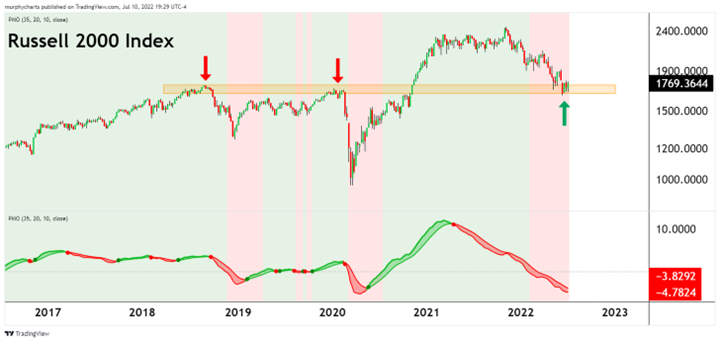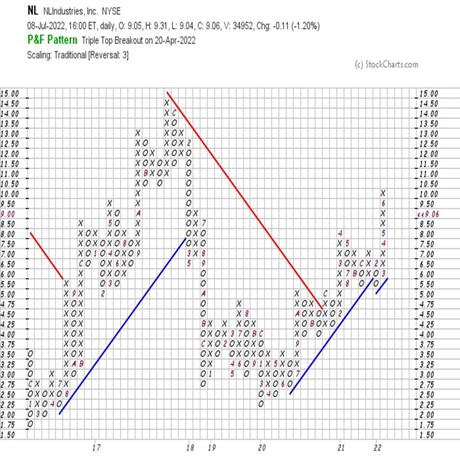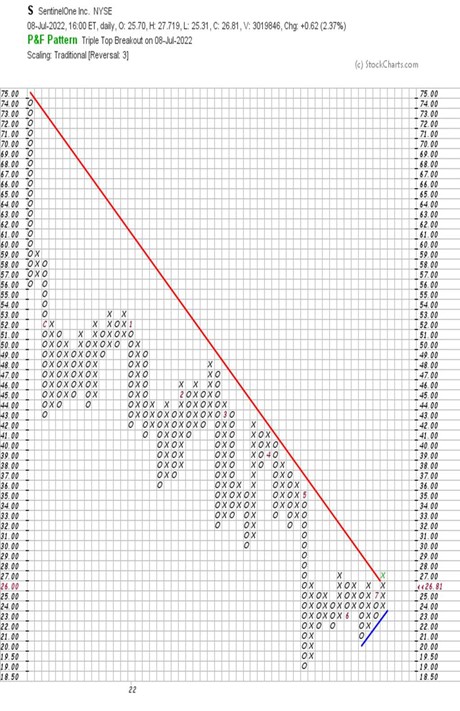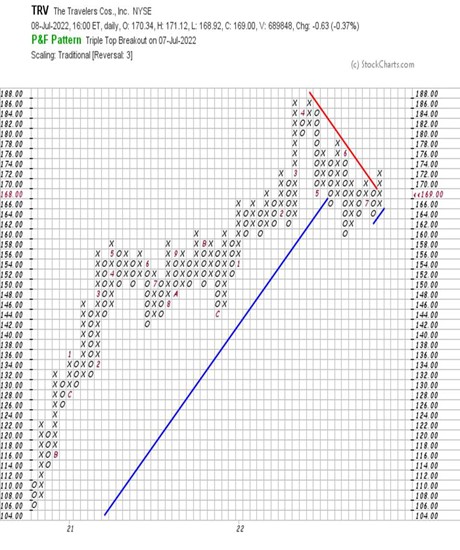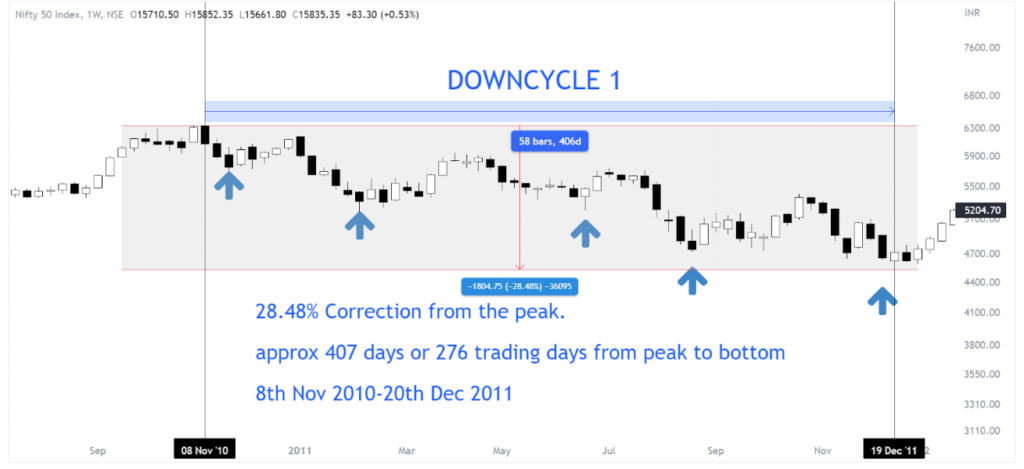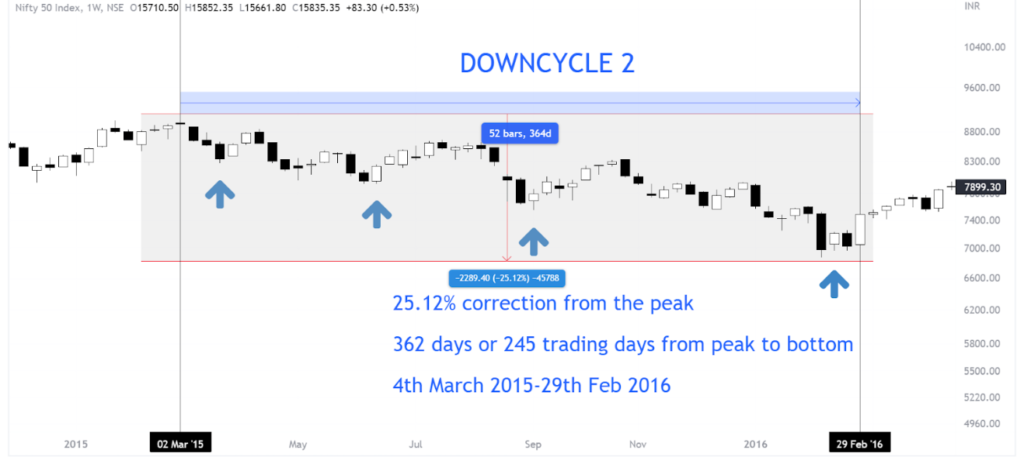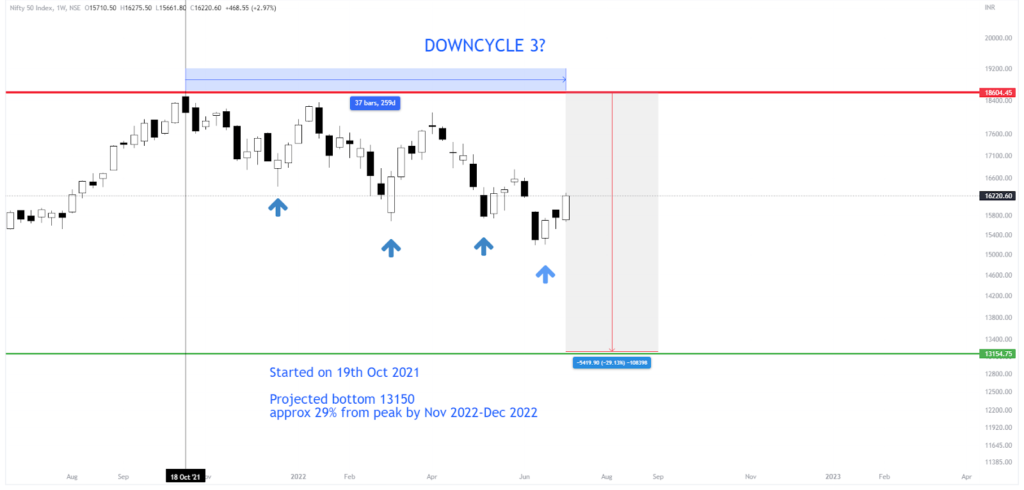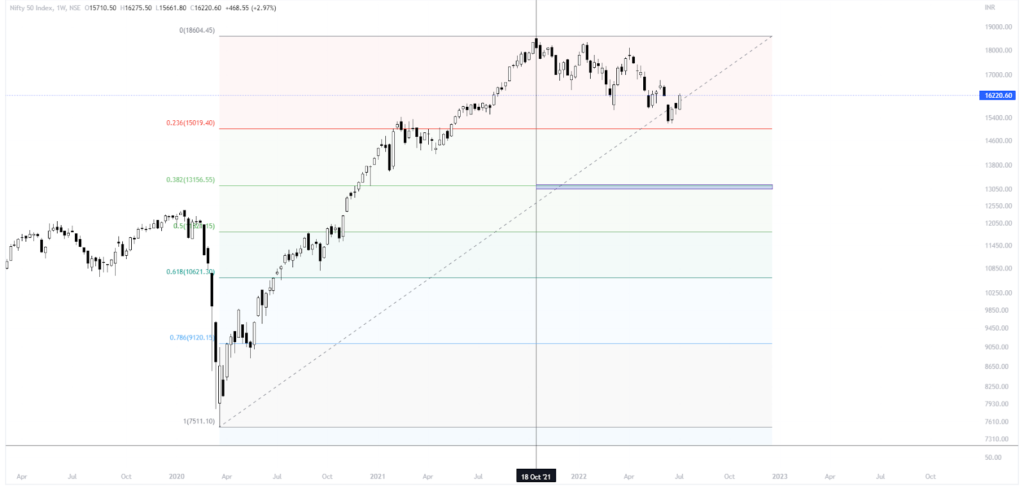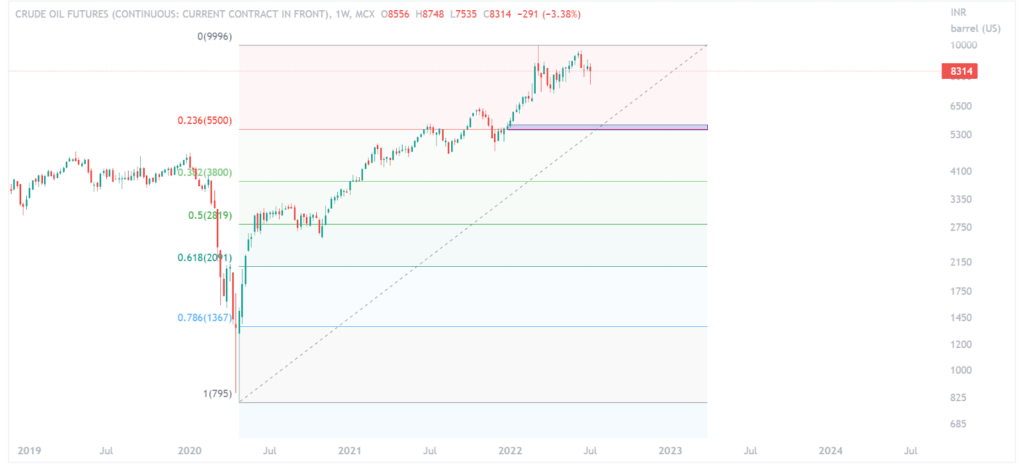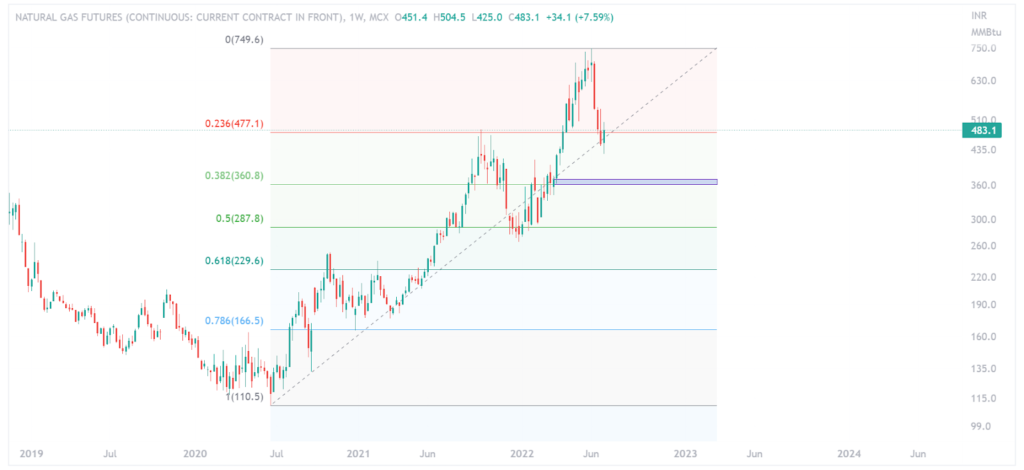Welcome back to Technically Speaking.
Consciously or unconsciously, we are conditioned to have certain opinions. They may not be our own to begin with, but they form a part of our decision making. While all ideas have their place, the market is particularly unforgiving. The market doesn’t care what you think should play out for you to benefit, it unfolds independent of wants and needs.
For example, we’re all looking at the same chart. Unless of course we use different types of charts altogether like point and figure or kagi, etc. For the most part we’re looking at similar forms of the chart. Take the Dollar Index for instance. The price had ben testing the level of 103.50 since 2017. In June this year, we got a breakout and follow through in price. Its trading close to 108 now.
But the question is, how many people who could participate in that trade, actually did? With inflation catching up, crude oil making a base and DXY rallying, the average market participant can see the adverse impact of these variables on stocks and commodities. But rather than switching into a Dollar trade, wishful thinking takes precedence. Somewhere deep down there is hope that the DXY will pause and that bonds will catch a bid again and that the stocks will get back on track to moving higher. This here is the inherent bias formed due to unconscious conditioning. Dollar going up – bad. Dollar going down – good. When it really should be about following the trend and taking positions accordingly.
Similarly, take a look at the Chinese market. The Shanghai Composite has been moving higher for the last two months, even as other global indices continue to correct. Chinese Internet stocks (KWEB) as well as large cap stocks (FXI) have been doing well too. But how many market participants bought into that move? Not many, is my guess. There are ETFs to benefit from too, you know?
The point here is that there are opportunities that are missed because of the inherent biases we hold. And these are opportunities lost with a sizable opportunity cost. But the end goal of being a market technician is just that, shedding biases. And boy, that’s not easy! I’ve been a part of the chart world for 5 years now, and there are times when I catch myself with these inherent biases as well.
What are some of the biases that you faced in your journey? Share your thoughts with us at: editor@cmtassociation.org.
Until next time,
Think Technical!
Rashmi Bhatnagar, CMT
Editor



